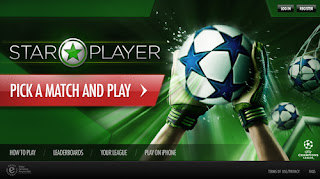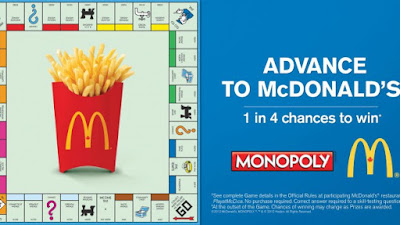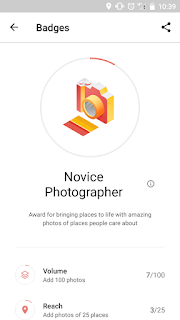Gamified Crossovers Part 2 – Heineken and UEFA Champions League
Gamified Crossovers Part 2 – Heineken and UEFA Champions League
Continuing
with our series on gamified crossovers from last month, where we introduced the idea of gamified crossovers and the story of how a fast-food giant like
McDonald's partnered with a popular board game brand like Monopoly to create a
unique and gamified user engagement strategy over many years. The strategy was
simple. It was to create a crossover between two popular culture icons from
different industries. The idea was to find a perfect match between two such
iconic brands. A match that could bring an audience together by finding the
special ‘connect’ and engaging them based on that connection. In this article,
we look at how a popular competition in European club football and an iconic
beer brand came together to create a special connect among fans and leveraging
each other’s capabilities and value propositions for mutual gain.
The
UEFA Champions League is Europe’s and probably the world’s most elite club
football tournament, with over 32 teams representing the top clubs from
Europe’s top tier football leagues. The competition is one of the most-watched
sporting tournaments on television, with over 4.2 billion television viewers
across the world.
Heineken
is a popular Dutch beer brand that is known for its innovative and engaging
campaigns across various media platforms. It has been a sponsor for the
tournament since 1994 and it took over from sister beer brand Amstel in 2005,
as the central Champions League official beer – making it one of UEFA’s
longest-standing partners. In 2017, the international premium beer brand
extended its sponsorship of the UEFA Champions League through the 2021 version of the competition.
Heineken
Star Player Game
Here
is an instance when both brands have used a gamified approach to enhance their
value offering and brand appeal. Heineken launched the Heineken Star Player app
for Facebook and the Apple Appstore in 2011. Football fans can, while watching
Champions League matches, answer certain predictive questions on the app such
as “will the penalty be saved?”, “will the goal be made by the head?” or “will they
score within 20 seconds?. For each correct answer, points are awarded
and during half time users can earn more points by answering certain trivia
questions. The points accumulate in the respective leagues that each user can
join and see how he or she ranks against his or her friends and other users.
The
gamified crossover experience:
The
app is very smartly presented, with lovely dark green animations and big, easy
to press buttons. The user’s phone vibrates when there's an opportunity to earn
points. The experience of sharing real-time updates on social media has been
leveraged by the app as most viewers would be on their smartphones while watching
these matches and hence continued usage would be ensured by delivering
notifications and match updates.
How
is it that a beer brand and a football tournament managed to find the perfect
match? It’s quite simple. Look at the consumption patterns of both product
offerings. One is a high intensity, physical sport that is enjoyed by viewers
and supporters, while the other is a beverage that can be consumed as a means
of winding down and relaxing. Both, when clubbed together offer the
perfect match viewing experience whether at home, at a pub or in the company of
friends.
The
payoffs
The
Champions League plays a key role in supporting Heineken’s global business
growth objectives (alongside other flagship global partnerships such as with
Formula One, Rugby World Cup and James Bond). In fact, in total, Heineken aims
to bring its UEFA Champions League sponsorship to more than 220 countries via
advertising, marketing, and PR. The Champions League sponsorship is the largest
platform for the beer brand globally. One of the key parts of this is still the
media and broadcast element that comes with the sponsorship package that
continues to play a big role for Heineken. In two-thirds of its markets, the
only exposure that Heineken gets is through the Champions League
tournament.
For
the UEFA Champions League as a tournament, such initiatives help to enhance its
appeal in emerging markets like Asia. It should be noted that 60% of the
tournament’s fan base lies outside of Europe. Since a majority of the Champions
League matches take place on a Tuesday or Wednesday night, it would be a great
way for fans and viewers to enjoy the match after a hectic day at work.








Comments
Post a Comment